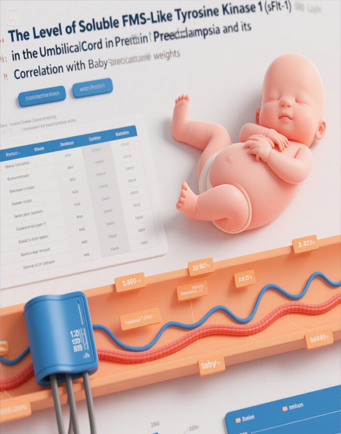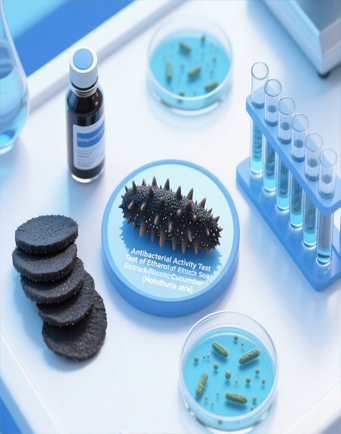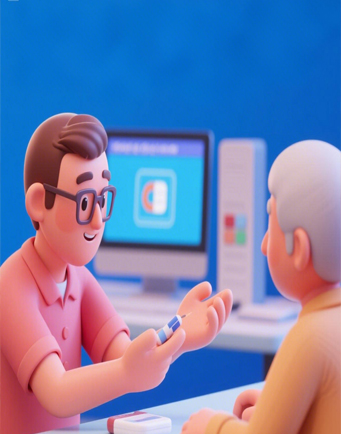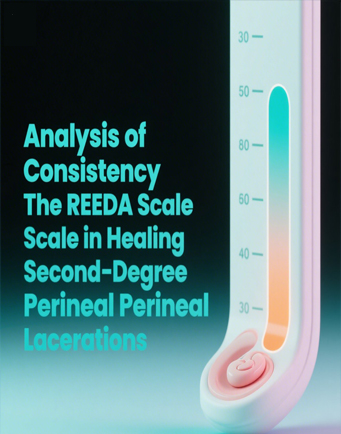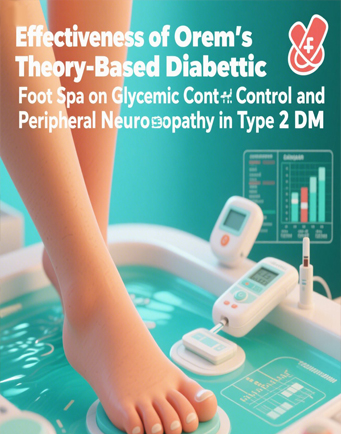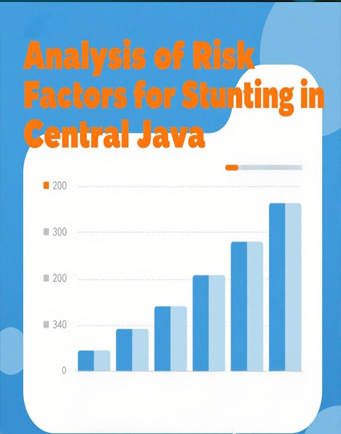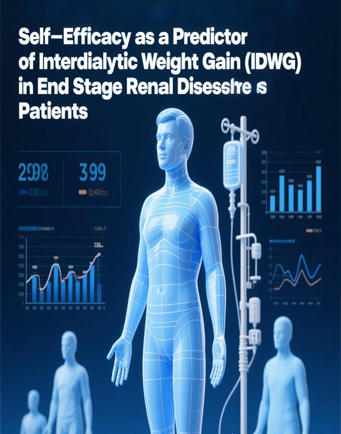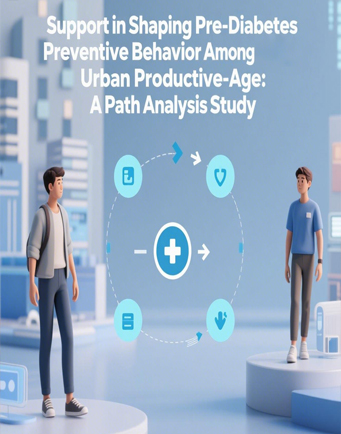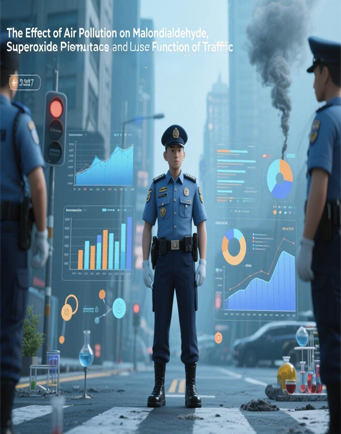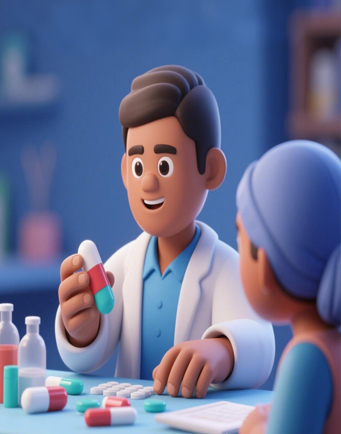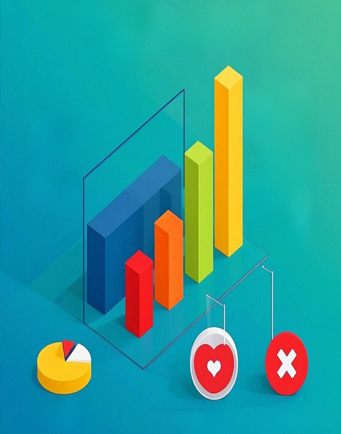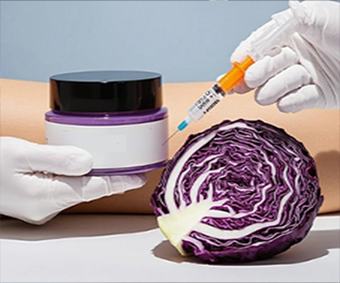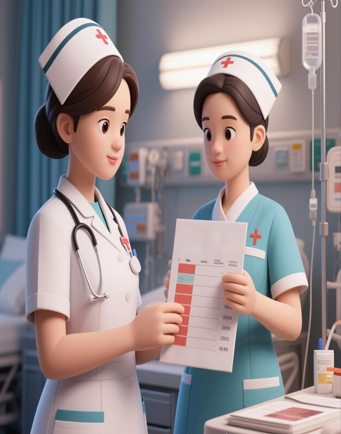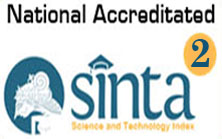Learning Endotracheal Tube and Laryngeal Mask Airway Intubation with Android Applications for Nursing Students

Downloads
E-learning in anesthesiology nursing faces challenges like finding practice materials, mastering ETT and LMA techniques, and tool damage. This research aims to develop an android application model to support valid and effective learning for endotracheal tube and laryngeal mask airway intubation for nursing students.This research uses Research and Development (R&D) method with the 4D model by Thiagarajan and just untill a limited group trial. Quantitative method of data collection techniques using a questionnaire. Questionnaire given to material experts and media experts to test product eligibility and use of knowledge questionnaires as well and also System Usability Scale for students to test the effectiveness and acceptance. Result of this research show that the material experts assessment was 92.00% which was classified as very feasible and media experts was 98.52% which was classified as very feasible. Results of pretest and posttest analyzed by wilcoxon test from 34 students obtained results of 0.000 which were significant as well. System Usability Scale result was 85.66 classified acceptable with adjective rating B or good. This Android- based application is very feasible and can be used as a support for learning on the topic or material for ETT intubation and LMA intubation.
Alkhazali, M. N., Dikmen, B. T., & Bayraktar, N. (2024). The Effectiveness of Mobile Applications in Improving Nursing Students’ Knowledge Related to Pressure Injury Prevention. Healthcare, 12(13), 1264. https://doi.org/10.3390/healthcare12131264
Alton, R. (2024). The Implementation of A Preparation Checklist and Simulation Training for Out-of-or Intubation. Doctoral Dissertation. The University of North Carolina at Greensboro.
Annisa, R., Cing, M. T. G. C., & Purwanto, L. A. (2025). Innovation in learning anesthesia nursing care based on the android application “SIASENA.” Riset Informasi Kesehatan, 14(1), 98–104. https://doi.org/10.30644/rik.v14i1.943
Appelboam, T., Laing, S., & Lang, N. (2025). Endotracheal intubation during cardiac arrest by critical care paramedics: A service evaluation of success rates following structured education. Scandinavian Journal of Trauma, Resuscitation and Emergency Medicine, 33, 138. https://doi.org/10.1186/s13049-025-01444-w
Basnet, S., Shrestha, S. P., Shrestha, R., Shrestha, A. P., Shrestha, A., Sahu, S., Mhatre, B., & Silwal, P. (2024). Effect of simulation-based emergency airway management education on the knowledge, skills and perceived confidence of medical interns. Annals of Medicine and Surgery, 86(9), 5191–5198. https://doi.org/10.1097/MS9.0000000000002376
BPS Statistics. (2023). Telecommunication Statistics in Indonesia 2022. Jakarta: BPS Statistics. Retrieved from: https://www.bps.go.id/en/publication/2023/08/31/131385d0253c6aae7c7a59fa/telecommunication-statistics-in-indonesia-2022.html
Chen, B., Wang, Y., Xiao, L., Xu, C., Shen, Y., Qin, Q., Li, C., Chen, F., Leng, Y., Yang, T., & Sun, Z. (2021). Effects of mobile learning for nursing students in clinical education: A meta-analysis. Nurse Education Today, 97, 104706. https://doi.org/10.1016/j.nedt.2020.104706
Essfadi, H., Khyati, A., Abidi, O., & Radid, M. (2024). Navigating the Mobile Learning Landscape in Moroccan Nursing Education: A Descriptive Study with a Focus on Clinical Learning. The Open Nursing Journal, 18(1), 1-12. https://doi.org/10.2174/0118744346324642240709071705
Feng, X., Li, P., Zhao, R., Li, W., Zhu, T., Hao, X., & Chen, G. (2025). Barriers and Enablers to Using a Mobile App–Based Clinical Decision Support System in Managing Perioperative Adverse Events Among Anesthesia Providers: Cross-Sectional Survey in China. Journal of Medical Internet Research, 27, e60304. https://doi.org/10.2196/60304
Ghorayeb, A., Darbyshire, J. L., Wronikowska, M. W., & Watkinson, P. J. (2023). Design and validation of a new Healthcare Systems Usability Scale (HSUS) for clinical decision support systems: A mixed-methods approach. BMJ Open, 13(1), e065323. https://doi.org/10.1136/bmjopen-2022-065323
Gizicki, E., Assaad, M.-A., Massé, É., Bélanger, S., Olivier, F., & Moussa, A. (2023). Just-In-Time Neonatal Endotracheal Intubation Simulation Training: A Randomized Controlled Trial. The Journal of Pediatrics, 261, 113576. https://doi.org/10.1016/j.jpeds.2023.113576
Hyzy, M., Bond, R., Mulvenna, M., Bai, L., Dix, A., Leigh, S., & Hunt, S. (2022). System Usability Scale Benchmarking for Digital Health Apps: Meta-analysis. JMIR mHealth and uHealth, 10(8), e37290. https://doi.org/10.2196/37290
Indaryanti, R. B., Harsono, H., Sutama, S., Murtiyasa, B., & Soemardjoko, B. (2025). 4D Research and Development Model: Trends, Challenges, and Opportunities Review. Jurnal Kajian Ilmiah, 25(1), 91–98. https://doi.org/10.31599/na7deq07
Kilic, A., Ture, E., Akin, F., & Reisli, I. (2021). Simulation based endotracheal intubation education for residents of pediatrics. Eurasian Journal of Emergency Medicine, 20(2), 91-94. https://doi.org/10.4274/eajem.galenos.2020.35693
Kusumastuti, D. L., Utami Tjhin, V., Eka Riantini, R., & Juliani, E. (2021, December). Mobile learning as tool for implementation of blended learning in nursing education. Proceedings of the 2021 9th International Conference on Information Technology: IoT and Smart City, pp. 262-266. https://doi.org/10.1145/3512576.3512623
Mani, S., & Rawat, M. (2020). Proficiency of Laryngeal Mask Airway Insertion Skill in NRP Certified Providers. American Journal of Perinatology, 39(9), 1008–1014. https://doi.org/10.1055/s-0040-1721379
Maurya, I., Ahmed, S. M., & Garg, R. (2024). Simulation in airway management teaching and training. Indian journal of anaesthesia, 68(1), 52–57. https://doi.org/10.4103/ija.ija_1234_23
Natrio, Y., Malik, R. A., & Kasrin, R. (2024). Uncovering User Experience Evaluation in Nursing-English Several platforms Through SUS and PSSUQ. JIPI (Jurnal Ilmiah Penelitian dan Pembelajaran Informatika), 9(4), 2403–2417. https://doi.org/10.29100/jipi.v9i4.6780
Nava, C. F. G., Azevedo, T. A. de, Ferreira, G. D., Santos, I. D., Tobias, K. S., Barbosa, L. C., Silva, P. H. G. da, Melo, A. P. R. R. E. de, Nava, C. F. G., Azevedo, T. A. de, Ferreira, G. D., Santos, I. D., Tobias, K. S., Barbosa, L. C., Silva, P. H. G. da, & Melo, A. P. R. R. E. de. (2024). The impact of using health apps as a source of information and health education in the medical field. International Journal of Science and Research Archive, 13(2), 3499-3509. https://doi.org/10.30574/ijsra.2024.13.2.2555
Owrangi, S., Zarifsanaiey, N., & Rezaei, M. (2025). Mobile apps to enhance student learning in medical education: A systematic search in app stores and evaluation using the mobile app rating scale. Computers in Biology and Medicine, 196, 110740. https://doi.org/10.1016/j.compbiomed.2025.110740
Pan, S., & Rong, L. Q. (2021). Mobile Applications in Clinical and Perioperative Care for Anesthesia: Narrative Review. Journal of Medical Internet Research, 23(9), e25115. https://doi.org/10.2196/25115
Park, L., Price-Williams, S., Jalali, A., & Pirzada, K. (2019). Increasing Access to Medical Training With Three-Dimensional Printing: Creation of an Endotracheal Intubation Model. JMIR Medical Education, 5(1), e12626. https://doi.org/10.2196/12626
Persson, H. Å., Castor, C., Andersson, N., & Hylén, M. (2025). Swedish Version of the System Usability Scale: Translation, Adaption, and Psychometric Evaluation. JMIR Human Factors, 12(1), e64210. https://doi.org/10.2196/64210
Prasastin, O., Napida, A., & Fanny, N. (2024). Health Care System Application (Good Care) Android-Based at Primary Health Care (Case Study at Clinic of Wijaya Kusuma). Jurnal Ilmu Kesehatan Masyarakat, 15(1), 97–115. https://doi.org/10.26553/jikm.2024.15.1.97-115
Roncal-Belzunce, V., Gutiérrez-Valencia, M., Martínez-Velilla, N., & Ramírez-Vélez, R. (2025). System Usability Scale for Gamified E-Learning Courses: Cross-Cultural Adaptation and Measurement Properties of the Spanish Version. International Journal of Human–Computer Interaction, 1-11. https://doi.org/10.1080/10447318.2025.2499947
Shoffa, S., Holisin, I., Palandi, J. F., Cacik, S., Indriyani, D., Supriyanto, E. E., ... & Kom, M. (2021). Perkembangan media pembelajaran di perguruan tinggi. Bojonegoro: Agrapana Media.
Shosha, A. A. A., Mohamed, H. E., & Abd Elhamid Fayed, S. (2019). Effect of mobile based learning program on postgraduate nursing students’ satisfaction and attitudes in Faculty of Nursing Damanhour University. Am J Nurs Res, 8(1), 114-21. https://www.sciepub.com/ajnr/abstract/11366
Stone, T. E., Jia, Y., & Kunaviktikul, W. (2020). Mobile apps: An effective, inclusive and equitable way of delivering patient and nurse education? Nurse Education Today, 85, 104308. https://doi.org/10.1016/j.nedt.2019.104308
Vadivoo, N. S., Sudha, K., & Usha, B. (2024). Assessment of Smartphone Medical Applications as a Self-Directed Learning Tool for Medical Students and Compulsory Rotatory Residential Internship—A KAP Survey. Journal of Medical Education and Curricular Development, 11, 23821205241235014. https://doi.org/10.1177/23821205241235014
Yalcinkaya, T., & Yucel, S. C. (2023). Mobile learning in nursing education: A bibliometric analysis and visualization. Nurse education in practice, 71, 103714. https://doi.org/10.1016/j.nepr.2023.103714
Yu, C.-H., Liao, E.-C., Chau, Y.-P., Huang, M.-K., Shen, C.-Y., & Chien, D.-K. (2025). Using the predictive model of difficult endotracheal intubation to examine different simulators for airway management training: A pilot cross-sectional observational study. BMC Medical Education, 25, 848. https://doi.org/10.1186/s12909-025-07413-2
Copyright (c) 2025 JURNAL INFO KESEHATAN

This work is licensed under a Creative Commons Attribution-NonCommercial-ShareAlike 4.0 International License.
Copyright notice
Ownership of copyright
The copyright in this website and the material on this website (including without limitation the text, computer code, artwork, photographs, images, music, audio material, video material and audio-visual material on this website) is owned by JURNAL INFO KESEHATAN and its licensors.
Copyright license
JURNAL INFO KESEHATAN grants to you a worldwide non-exclusive royalty-free revocable license to:
- view this website and the material on this website on a computer or mobile device via a web browser;
- copy and store this website and the material on this website in your web browser cache memory; and
- print pages from this website for your use.
- All articles published by JURNAL INFO KESEHATAN are licensed under the Creative Commons Attribution 4.0 International License. This permits anyone to copy, redistribute, remix, transmit and adapt the work provided the original work and source is appropriately cited.
JURNAL INFO KESEHATAN does not grant you any other rights in relation to this website or the material on this website. In other words, all other rights are reserved.
For the avoidance of doubt, you must not adapt, edit, change, transform, publish, republish, distribute, redistribute, broadcast, rebroadcast or show or play in public this website or the material on this website (in any form or media) without appropriately and conspicuously citing the original work and source or JURNAL INFO KESEHATAN prior written permission.
Permissions
You may request permission to use the copyright materials on this website by writing to jurnalinfokesehatan@gmail.com.
Enforcement of copyright
JURNAL INFO KESEHATAN takes the protection of its copyright very seriously.
If JURNAL INFO KESEHATAN discovers that you have used its copyright materials in contravention of the license above, JURNAL INFO KESEHATAN may bring legal proceedings against you seeking monetary damages and an injunction to stop you using those materials. You could also be ordered to pay legal costs.
If you become aware of any use of JURNAL INFO KESEHATAN copyright materials that contravenes or may contravene the license above, please report this by email to jurnalinfokesehatan@gmail.com
Infringing material
If you become aware of any material on the website that you believe infringes your or any other person's copyright, please report this by email to jurnalinfokesehatan@gmail.com.





